5 Most Common Slip and Fall Injuries
We hear about slip-and-fall injuries a lot, especially when it comes to the elderly in our lives. This isn’t a coincidence: one in five falls across all age groups causes serious injuries. Even if you don’t have an older loved one who’s experienced a slip-and-fall injury, you are probably familiar with hip injuries and how […]
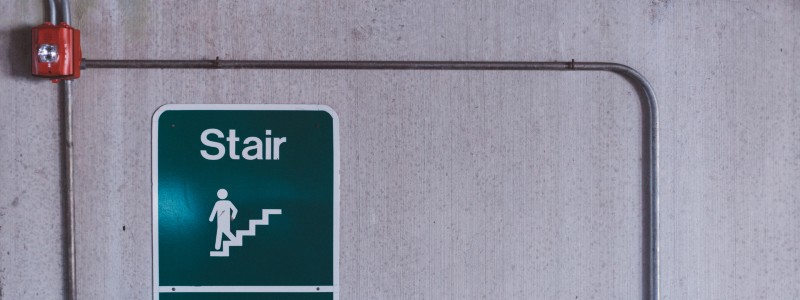
January 16, 2020
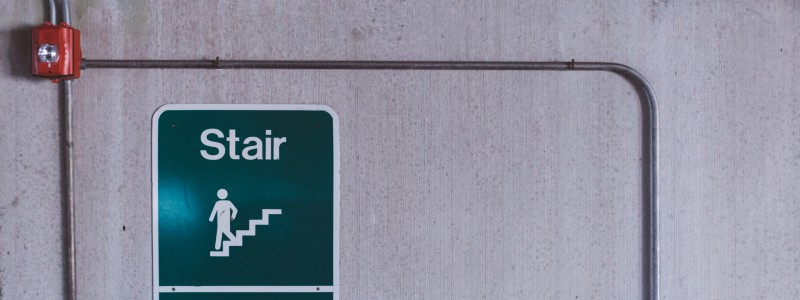
We hear about slip-and-fall injuries a lot, especially when it comes to the elderly in our lives. This isn’t a coincidence: one in five falls across all age groups causes serious injuries.
Even if you don’t have an older loved one who’s experienced a slip-and-fall injury, you are probably familiar with hip injuries and how debilitating they can be. But they aren’t the most serious injury you could receive from a fall. Here are the five most common fall injuries.
1. Hip Injuries
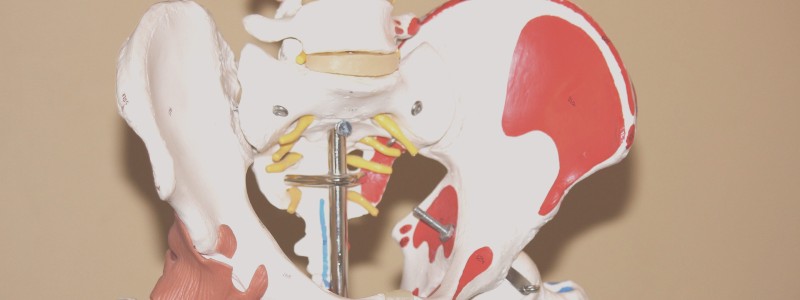
A staggering 95% of hip injuries are the result of a fall. Most hip injuries happen because the victim fell sideways, or was unable to brace themselves before their hip struck the ground.
You can imagine how devastating a hip injury can be. The hips house one of the most important joint junctions for your upper legs and also the base of your spine. Plus, hip injuries almost always require surgery.
Post-operative recovery is complicated because the hips play important roles in seemingly mundane things—like maintaining your posture while sitting, or turning your feet outwards or inwards. Little activities like this can put a substantial strain on the hip area, making recovery take a long time.
If you’re not capable of locomotion, you’ll likely not be able to live on your own during recovery. This can make hip injuries even more of a financial burden for those who can’t afford help.
2. Upper Extremities (Wrist, Shoulder, and Arm Injuries)
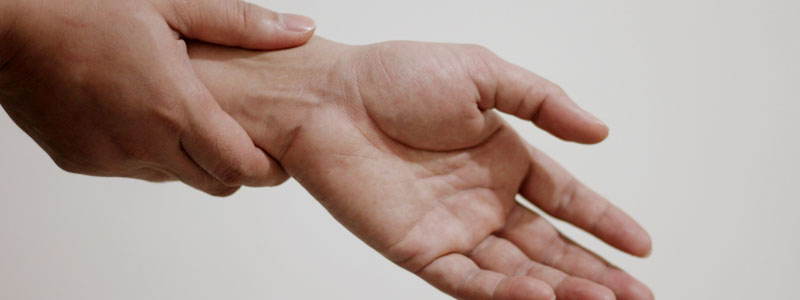
Our bodies are hardwired to brace themselves in the event of a fall. An injury to the wrists, shoulders, or arms can occur when you try to protect yourself in the split second you fall. The joints and bones in those areas are seldom prepared for the abrupt, sudden impact of suddenly supporting your body weight.
Such a protective action can prevent a devastating hip injury, to be sure, but you’re also looking at potentially breaking your elbow or wrist. In addition, if your shoulders strike the ground first, you may have to deal with sprained shoulders or clavicle injuries.
Any of these injuries can require wearing a sling or cast for several weeks. More extreme cases can require surgery. A broken arm hinders your independence and daily tasks like dressing and cooking for yourself, but at least you would still be able to walk.
3. Spine Injuries
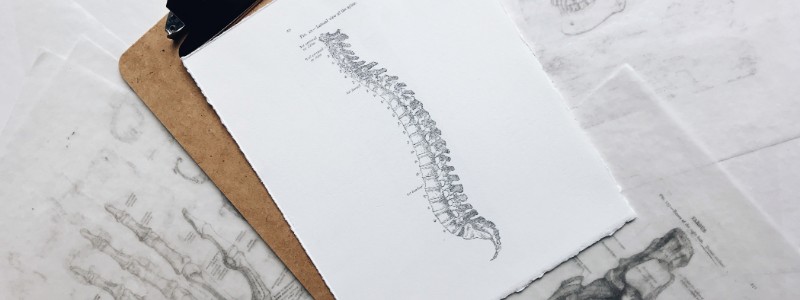
Spine injuries can be the most dangerous outcome of a slip and fall. They can also be the most expensive: spinal surgery can cost tens of thousands of dollars, and recovery can take a long time. Luckily the most common back injuries are not as severe.
Lumbar spine or lower back injuries are the most common back injuries caused by a fall. A lumbar injury may feel like a more permanent version of the pins and needles you feel when you’ve sat awkwardly for too long. Your feet and legs may feel numb, and sometimes moving them sends shooting pain up and down your body.
The cervical area of the spine (around your shoulders and brain stem) can also be injured during a fall. This type of spinal injury can affect your ability to move your arms or breathe, and may cause paraplegia. Thankfully these injuries are uncommon, especially in same-level falls.
4. Brain Injuries
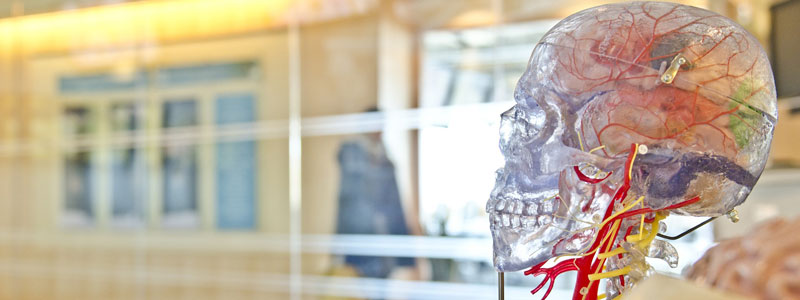
Concussions and severe brain injuries may occur if a fall causes blunt-force head trauma. These types of injuries are not common, but they are extremely serious.
If you are an elderly person and you fall and hit your head, you should see your doctor right away. Head injuries, even mild ones, can have long-term effects on your cognitive health.
After a fall, try to take note to any change in your ability to pay attention, remember things, organize thoughts, or control your emotions. Any of these could indicate brain trauma and require immediate medical attention.
Severe falls could also cause skull fractures and brain bleeds. The threat of brain bleeds increases for those taking blood thinners, which are often prescribed for seniors with heart disease or a high risk of stroke.
5. Lower Extremities (Ankle, Knee, or Leg Injuries)
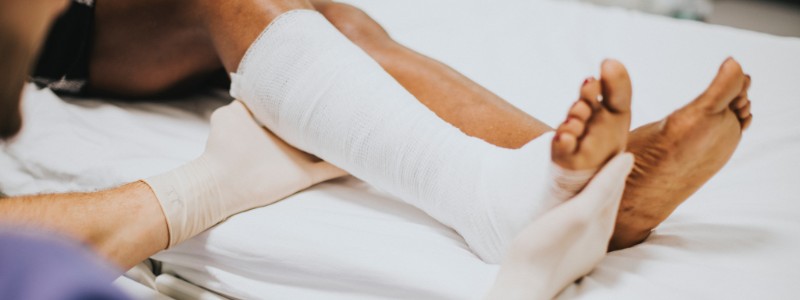
Leg injuries are most uncommon in falls from the same height or low height, but they still happen. Ankles and knees often take the brunt of impact when you fall, leading to potential damage.
Just like arm or wrist injuries, you can hurt your knees in that split second you splay yourself out to protect your body from harm.
Sprained—or broken—ankles can be both the result and the cause of a fall. Tripping hazards like potholes or uneven sidewalks can particularly affect the ankles.
Leg bones are strong and typically only break under the tremendous stress of a high fall, but people who are older or fall directly onto their thigh, like in a sideways fall, can still experience bone fractures.
Getting the Help You Deserve
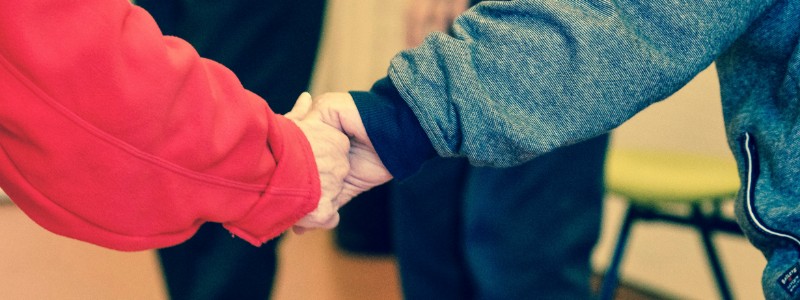
Regardless of the harm you’ve suffered from your slip-and-fall accident, you ought to make sure the personal injury settlement you’re pursuing covers all your medical bases: surgery, potential wound care, and physical therapy. If you need long-term recovery help in the form of a live-in nurse aid, your settlement should help cover the cost of that as well.
If you or someone you know has been injured as a result of a slip-and-fall injury, Hensley Legal can help you determine the best path forward in getting the compensation you deserve. Call us today or contact us online for a free conversation about your claim.